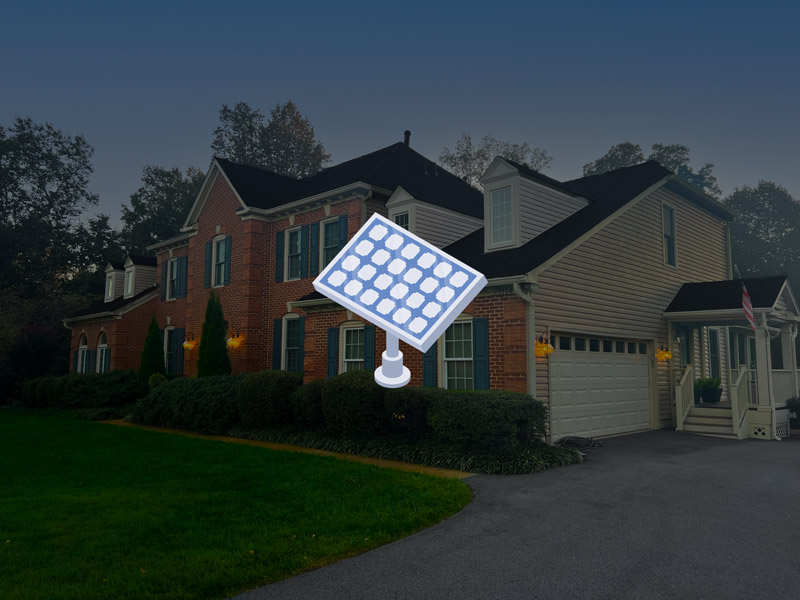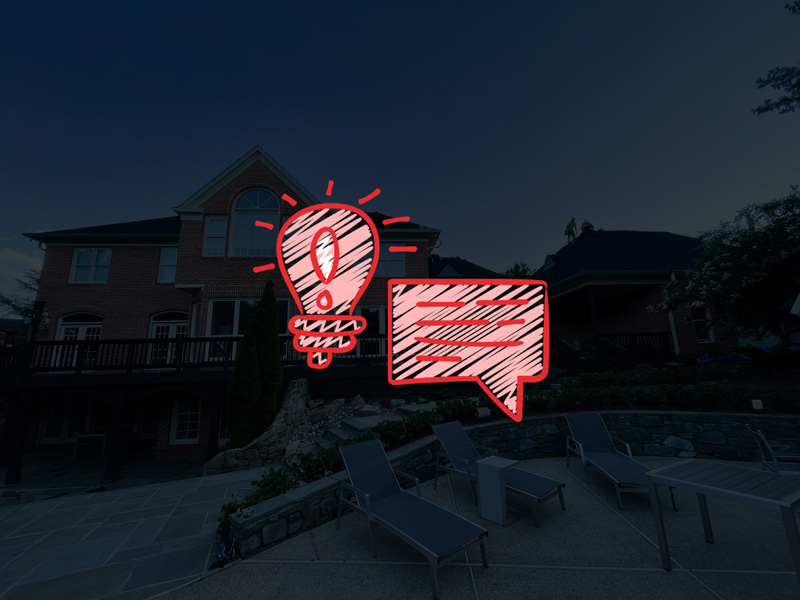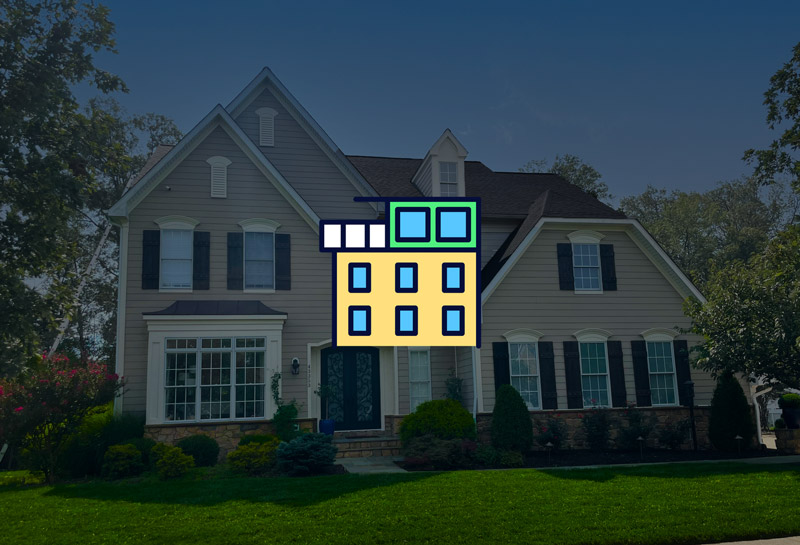Solar Shingles vs. Solar Panels: Making the Right Choice
Choosing the right solar technology for your home is a decision that can significantly impact your energy efficiency, long-term savings, and even the aesthetics of your property. In this article, we will delve into the world of solar shingles vs. solar panels, exploring the pros and cons of each option to help you make an informed choice that suits your unique requirements.

What are Solar Shingles?
Understanding the Basics
Solar shingles, often referred to as solar roof shingles, are a revolutionary solar energy solution that combines the functionality of traditional roofing materials with photovoltaic technology. These shingles are designed to serve a dual purpose: protecting your home from the elements while generating electricity from the sun.
Seamless Integration with Aesthetics
One of the standout features of solar shingles is their ability to seamlessly blend into your roofing structure. Unlike traditional solar panels, which are mounted on top of your existing roof, solar shingles replace your regular roofing materials. They sit flush with the roofline, providing a visually appealing and unobtrusive way to harness solar energy.
Environmental Benefits and Sustainability
Solar shingles are a green choice for environmentally conscious homeowners. By generating clean, renewable energy from the sun, they reduce your carbon footprint and decrease your reliance on fossil fuels. This eco-friendly approach not only benefits your household but also contributes to a more sustainable future.
Cost Considerations and Potential Savings
When evaluating solar shingles, it’s essential to consider the initial investment and long-term savings. While solar shingles may have a higher upfront cost compared to traditional roofing materials, they can result in substantial savings over time. You’ll not only generate your electricity but also potentially qualify for incentives and rebates, further enhancing your return on investment.

Solar Panels: Traditional Photovoltaic Systems
Understanding Traditional Solar Panels
Traditional solar panels, also known as photovoltaic (PV) panels, are the most widely recognized solar energy technology. These panels are designed to convert sunlight into electricity through the photovoltaic effect. They consist of solar cells made of semiconductor materials, typically silicon, which absorb sunlight and produce direct current (DC) electricity.
Installation Options and Aesthetic Considerations
When opting for traditional solar panels, you have various installation options. The most common approach involves mounting the panels on top of your existing roof. While this is a practical solution, it can impact the aesthetics of your home. Alternatively, solar panels can be integrated into roofing materials, similar to solar shingles, for a more seamless appearance.
Efficiency and Energy Production
Solar panels are renowned for their efficiency in converting sunlight into electricity. They tend to have a higher energy production capacity compared to solar shingles. However, the specific efficiency of your solar panel system can vary depending on factors such as panel type, orientation, and geographic location.
Cost Considerations and Return on Investment (ROI)
The initial cost of installing traditional solar panels can be lower than that of solar shingles. When considering solar panels, it’s essential to account for potential incentives, tax credits, and rebates offered by government programs or utilities. Over time, solar panels can yield significant long-term savings on your electricity bills, making them a financially sound investment.

Comparing Efficiency and Performance
Energy Generation Capabilities
When comparing solar shingles vs. solar panels, one crucial aspect to consider is their energy generation capabilities. Solar panels, with their larger surface area, typically have a higher energy production capacity compared to solar shingles. This means that, under optimal conditions, traditional solar panels can generate more electricity. However, the specific efficiency of your system can vary depending on factors such as the type of panels used and their orientation towards the sun.
Geographic Factors and Efficiency
Efficiency isn’t solely determined by the technology itself. Geographic factors play a significant role. Solar panels tend to perform exceptionally well in areas with abundant sunlight, making them an ideal choice for regions with long, sunny days. On the other hand, solar shingles, while still effective, may be a better fit for locations with variable weather patterns since they can generate electricity even when partially shaded.
Maintenance Requirements
Maintenance is another aspect that sets these technologies apart. Solar panels typically require less maintenance than solar shingles. Panels need occasional cleaning and inspection to ensure they remain free of dirt and debris that can reduce efficiency. In contrast, solar shingles, being integrated into the roof, may be more challenging to access for maintenance but still require periodic checks to ensure their performance.
Lifespan and Durability
The lifespan and durability of both solar shingles and solar panels are essential considerations. Solar panels have a well-established track record, often lasting 25 years or more with proper maintenance. Solar shingles are relatively newer in the market, and while they are designed for durability, their longevity is still being assessed. When evaluating these options, it’s essential to consider the expected lifespan and warranty coverage to make an informed decision.

Installation and Roofing Considerations
Professional Installation is Key
Whether you opt for solar shingles or traditional solar panels, the importance of professional installation cannot be overstated. Installing solar technology is a complex process that requires expertise to ensure the system’s safety, efficiency, and longevity. Hiring a certified solar installer ensures that your system is correctly set up, minimizing the risk of problems down the road.
Roof Compatibility and Structural Considerations
Before deciding on solar shingles or panels, it’s crucial to assess your roof’s compatibility and structural integrity. Both options require a solid foundation, but solar panels may impose additional weight, making it necessary to reinforce your roof’s structure. Solar shingles, being integrated into the roof, need to be compatible with your existing roofing materials and layout. A professional assessment will help determine which option suits your roof best.
Warranty and Maintenance Differences
Warranties and maintenance requirements can vary between solar shingles and panels. Solar panel systems typically come with separate warranties for panels and inverters, with warranties ranging from 10 to 25 years. Solar shingle warranties can vary based on the manufacturer but often align with traditional roofing warranties. Understanding these differences is essential for long-term peace of mind.
Local Regulations and Permitting Processes
Navigating local regulations and permitting processes is a crucial step in your solar installation journey. Requirements can vary by location, so it’s essential to research and comply with your area’s specific rules and regulations. This includes obtaining the necessary permits and approvals before installation begins.

Making the Right Choice for Your Home
Factors to Consider
When faced with the decision between solar shingles and solar panels, several critical factors should guide your choice. Consider your location, budget, energy goals, and aesthetic preferences. Solar panels may be a more cost-effective choice upfront, but solar shingles offer seamless integration with your roof. Weigh these factors carefully to align your choice with your unique needs.
Real-World Examples
To help you visualize the practical implications of your decision, let’s explore some real-world examples. For instance, in a sun-drenched region with ample roof space, traditional solar panels might be the most cost-efficient solution. Conversely, in a neighborhood with strict aesthetic guidelines, solar shingles can preserve your home’s visual appeal.
Expert Recommendations from Roofing Experience
Drawing from our expertise in roofing, we recommend consulting with professionals who specialize in solar installations. Roofing contractors can assess your roof’s suitability for solar technology and provide valuable insights tailored to your specific situation. Their experience can be invaluable in making an informed decision.
Emphasizing Informed Decision-Making
In conclusion, the choice between solar shingles and solar panels hinges on a variety of factors, from efficiency and aesthetics to budget and location. By thoroughly evaluating these aspects and seeking expert guidance, you can make an informed decision that maximizes the benefits of solar energy for your home. Remember, it’s not just about choosing between solar shingles vs. solar panels; it’s about selecting the right energy solution to power your future sustainably.
View More Articles
Please Share!











